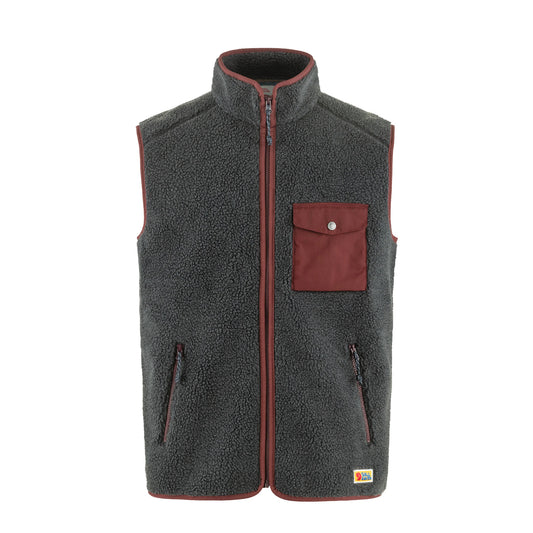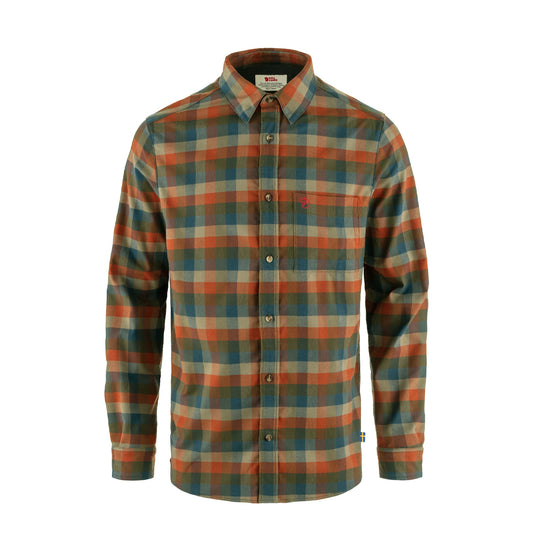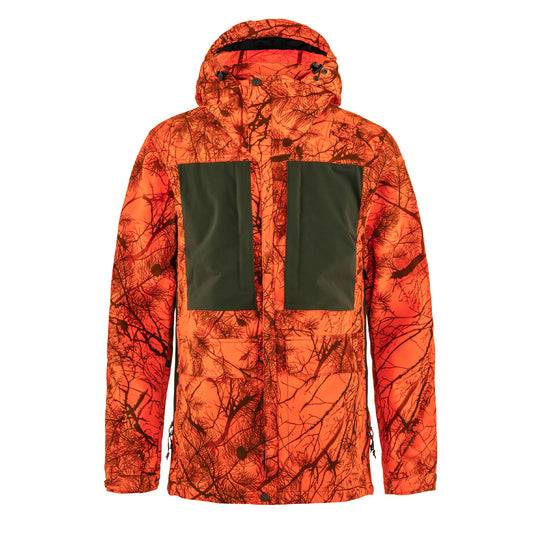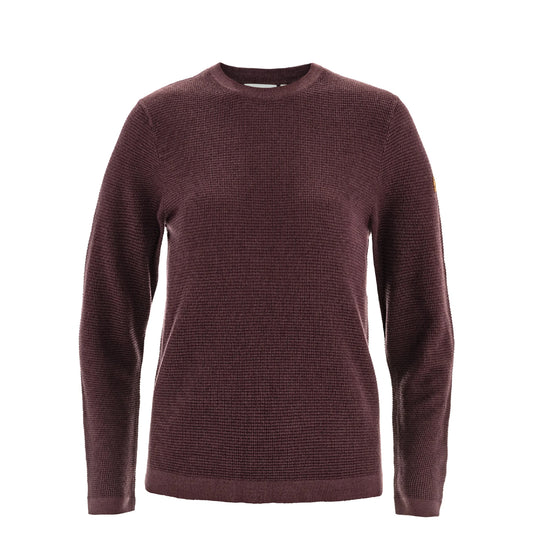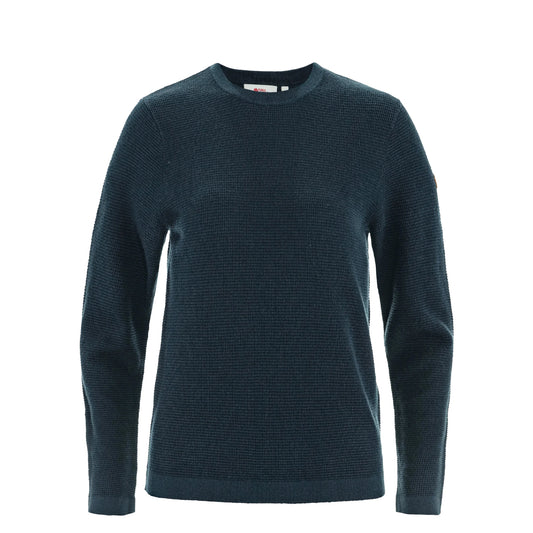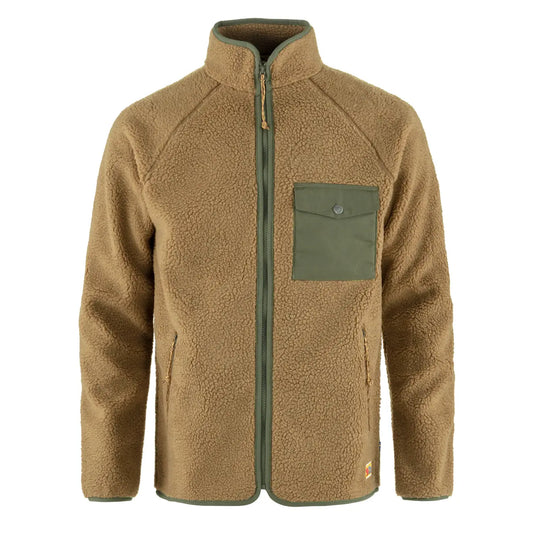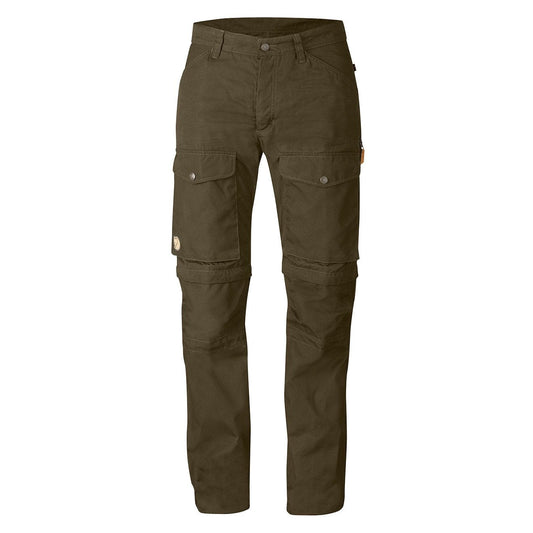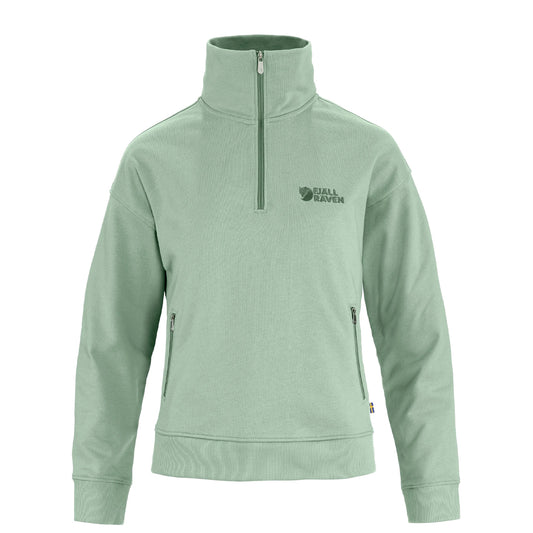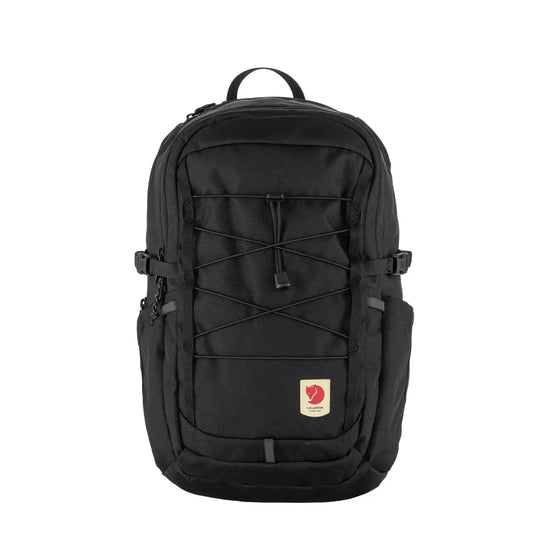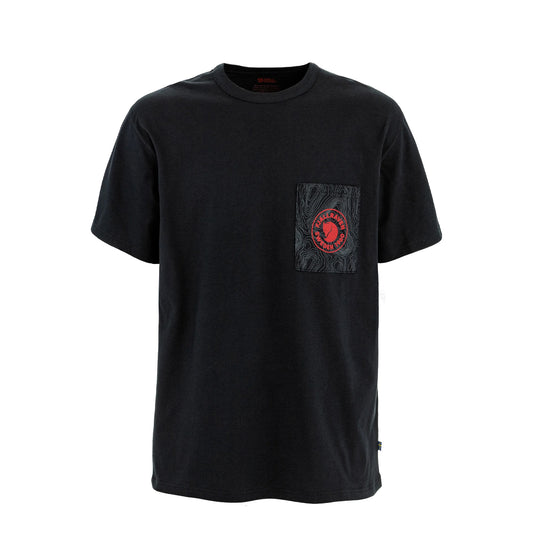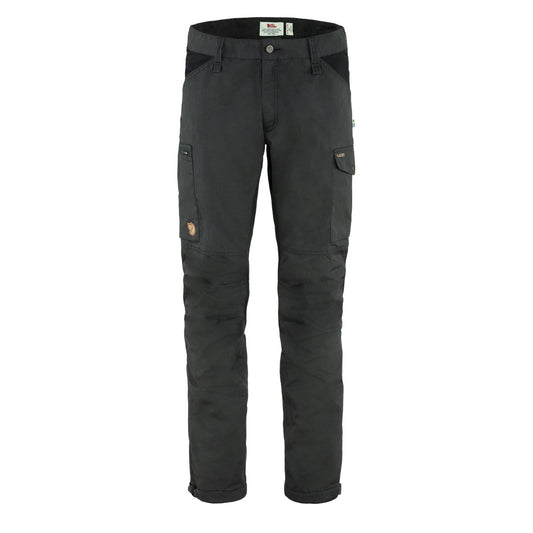Table of Contents
- From Cellar Workshop to Global Outfitter: The Evolution of Fjällräven
- Design Principles That Still Guide the Brand
- What Is G-1000, and How Does Greenland Wax Help in the UK Weather?
- Greenland to High Coast: Jackets for British Showers and Wind
- Kånken: The Square Backpack That Went Everywhere
- Is the Kånken Good for Commuting and Air Travel?
- Kånken Laptop vs Classic: Which to Choose?
- The Numbers Series: Built for Long Service
- Fjällräven Hunting: Gear for the Silent Pursuit
- Shaped by Real Landscapes
- Sustainability at Fjällräven: A Core Commitment
- Community and the Culture of Getting Outside
- Explore the Range
- Related Reading
Few outdoor brands have origins as practical and enduring as Fjällräven. It all started in 1950, when 14-year-old Åke Nordin from Örnsköldsvik in Sweden's rugged High Coast crafted a simple wooden-framed backpack to combat the backaches and sweaty loads associated with the cumbersome rucksacks of the era. This ingenious design distributed weight evenly and boosted ventilation, marking the beginning of a philosophy that would define the brand: spot a genuine outdoor challenge and engineer a straightforward, tough-as-nails solution that stands the test of time. Nordin's early tinkering wasn't just a teenage project—it laid the foundation for a company that would revolutionise outdoor gear, blending Scandinavian ingenuity with a deep respect for nature.

Greenland Jacket.
From Cellar Workshop to Global Outfitter: The Evolution of Fjällräven
After enduring the rigours of military service at the elite FJS Parachute Ranger School, where he honed his survival skills in harsh Scandinavian terrains, Nordin officially founded Fjällräven in 1960—the name, meaning "Arctic Fox" in Swedish, symbolised resilience in extreme conditions. Operations kicked off humbly: the "office" was his family's flat, and the workshop was tucked away in the cellar. Early innovations included lightweight aluminium-framed backpacks that outperformed anything on the market, double-layered tents designed to minimise condensation on freezing nights, and insulated sleeping bags built for sub-zero Scandinavian winters—gear tested in real-world extremes, such as blizzards and relentless rain.
As word spread among hikers, hunters, and explorers, demand surged. By the late 1960s, Fjällräven expanded its lineup to include hard-wearing trousers for bushwhacking through dense forests, versatile field anoraks that transitioned seamlessly from mountain trails to urban streets, and no-nonsense packs that balanced functionality for both wilderness treks and daily commutes. The 1970s saw factory expansion and international growth, with products reaching Europe and beyond. Fast-forward to the 2000s, and Fjällräven introduced game-changers like Eco-Shell waterproof membranes, the Down Promise for ethical sourcing, and a Code of Conduct emphasising sustainability. In 2012, the brand opened its first U.S. store in New York, and by 2014, it became a subsidiary of Fenix Outdoor International AG. Today, with a presence in over 30 countries, Fjällräven remains true to its roots, producing gear that's as at home on a Lapland expedition as it is on a London Tube. Recent highlights include the Spring 2025 collection, featuring updated jackets, trousers, and layering pieces for serious outdoor enthusiasts.
To visualise the brand's journey, here's a timeline of key milestones:
| Year | Milestone | Impact |
|---|---|---|
| 1950 | Åke Nordin builds the first wooden-framed backpack | Solves common back issues, sparks lifelong innovation |
| 1960 | Fjällräven founded in Örnsköldsvik cellar | Launches aluminium-framed packs for better load distribution |
| 1964 | Release of the Termo tent | Introduces lightweight, breathable design for expeditions |
| 1968 | Introduction of G-1000 fabric and Greenland Jacket | Reinforces durable, adaptable outdoor clothing |
| 1978 | Kånken backpack debuts | Becomes a global icon for schoolkids and commuters |
| 2009 | Pledge to eliminate PFAS chemicals | Drives lower-impact material treatments |
| 2016 | Launch of Re-Kånken | Adopts recycled inputs to support circularity |
| 2021 | Introduction of Tree-Kånken | Uses wood-based fabric from certified sources |
Repair Culture
Re-wax G-1000, patch wear zones, and extend service life.
Arctic Fox Grants
Support for conservation projects that protect fragile habitats.
Real-World Testing
Design validated on Sweden's High Coast and polar expeditions.
Materials
Organic cotton, recycled polyester, traceable down and wool.
Design Principles That Still Guide the Brand
Fjällräven's ethos has remained unchanged since those cellar days. Every piece of gear is crafted with principles that prioritise real-world utility over fleeting trends, ensuring products that become trusted companions on countless adventures.
- Function First: Every feature serves a purpose, from reinforced seams on trousers to ventilated panels on jackets, using durable fabrics like G-1000 that prove their worth in mud, rain, and snow.
- Repair Over Replace: Built for longevity, materials are chosen for easy maintenance—re-waxing G-1000 extends life, and repair kits encourage mending rather than discarding.
- Simplicity: Clean designs reduce weight and eliminate unnecessary complications, making kit intuitive for beginners and experts alike.
- Responsibility: From traceable wool and down to recycled polyester and organic cotton, sourcing is carefully considered and geared towards long-term service.

Greenland Wax application.
What Is Fjällräven's G-1000 Fabric and How Does Greenland Wax Help in the UK Weather?
G-1000 is Fjällräven's signature fabric, a robust blend of 65% polyester and 35% cotton that's densely woven for toughness. Developed in 1968 after Nordin experimented with tent fabrics, it's wind-resistant, quick-drying, and offers UV protection—ideal for variable climates. Add a coat of Greenland Wax (a blend of paraffin and beeswax) to enhance water resistance in drizzle while maintaining breathability.
In the UK's unpredictable weather—misty moors, sudden showers, gusty winds—G-1000 shines. Light waxing beads, rain, reduce wind chill, and shed dirt on muddy paths. Keep high-heat areas, such as underarms and back, lightly waxed to maintain airflow. Variants include Original, Lite, Silent (brushed), Heavy Duty and Eco versions. Maintenance is simple: wash sparingly, then re-wax and gently melt in using an iron or hairdryer.
| Variant | Composition/Features | Best For |
|---|---|---|
| G-1000 Original | Standard poly–cotton, waxable | Everyday jackets & trousers in mixed weather |
| G-1000 Lite | Lighter weave; more breathable | Warm-weather hikes |
| G-1000 Silent | Brushed surface reduces rustle | Hunting & wildlife observation — Fjällräven Hunting |
| G-1000 Heavy Duty | Thicker, strong abrasion resistance | Backpacks and high-wear panels |
| G-1000 Eco | Recycled polyester & organic cotton | Lower-impact choices across ranges |
Greenland to High Coast: Jackets for British Showers and Wind
The Greenland line strikes a balance between abrasion resistance and everyday weather protection, featuring practical pocketing. For warmer days, High Coast prioritises breathability and quick drying. Expect reliable hoods, durable trims and an easy-layering cut that works on breezy seafronts, hill paths and city commutes. Browse options for men's jackets and women's jackets.
Browse Fjällräven jackets for British weather Guide
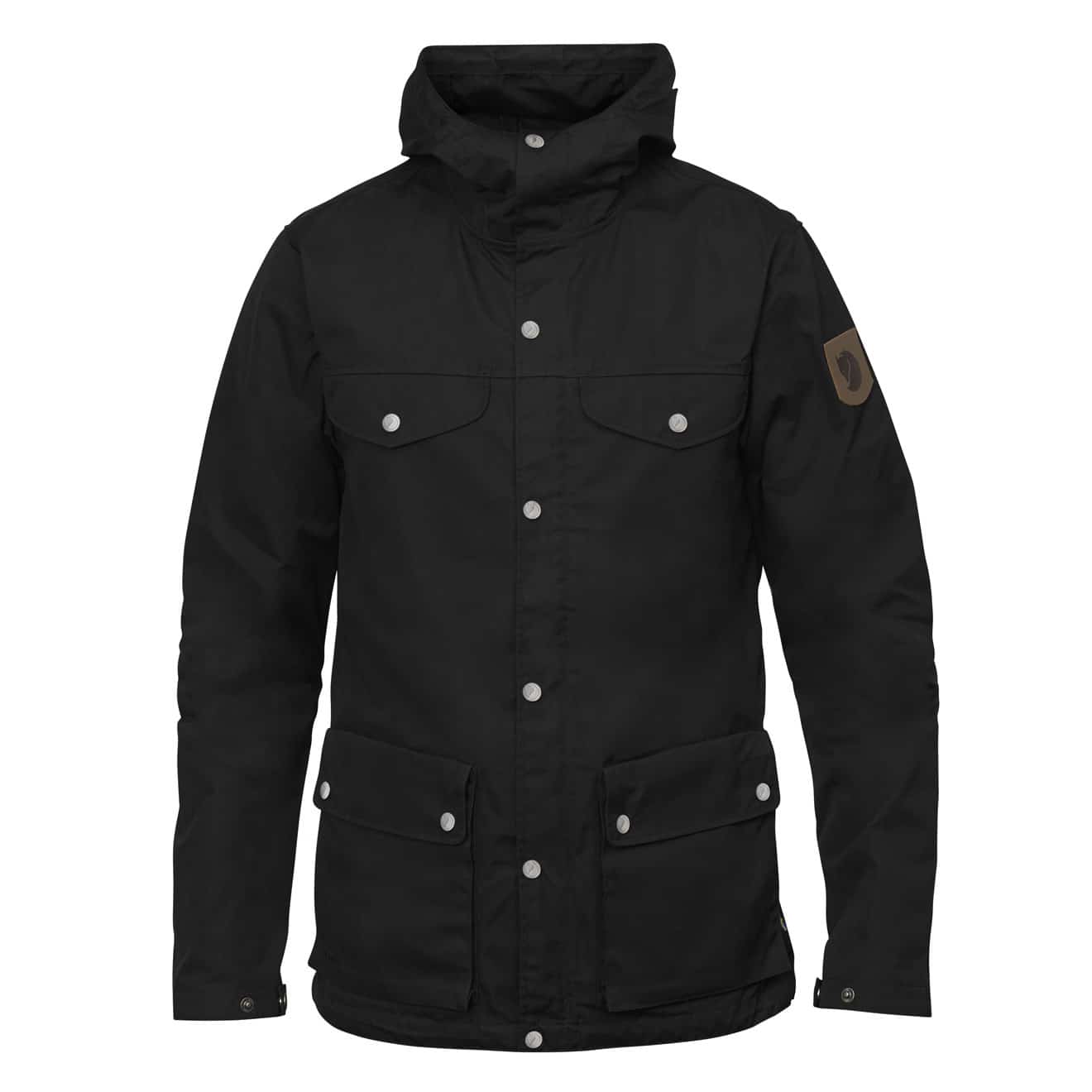
Kånken: The Square Backpack That Went Everywhere
The iconic square-profile Kånken was born in 1978 to address a Swedish health issue: schoolchildren suffering from back problems due to the weight of uneven shoulder bags. In collaboration with the Swedish Guide and Scout Association, Fjällräven created a lightweight, ergonomic pack from durable Vinylon F fabric that swells slightly in moisture for natural water resistance. Over the past four decades, it has sold millions worldwide, evolving from a kid's school bag to a cultural staple on trains, campuses, and runways. By 2008, over three million had been produced, with an annual output of 200,000, and were available in dozens of colours by 2018. In 2025, limited-edition colourways arrived under the Kånken Koncept.
Is the Kånken Good for Commuting and Air Travel?
Absolutely—it's cube-like shape slides neatly under aeroplane seats or into overhead bins, with a main compartment that packs efficiently and a front pocket for documents. For tech carry, the Kånken Laptop adds a padded sleeve. Prefer recycled inputs? Re-Kånken uses recycled polyester. Looking for a more finished look? Kånken No. 2 adds G-1000 HeavyDuty and leather details. Variants like the Tree-Kånken use wood-based fabric, while the Kånken Mini and Kånken Sling cover smaller loads. The Kånken Totepacks add carry options. See also Kånken Art and Kånken Essentials.
Kånken Laptop vs Classic: Which to Choose?
Pick Classic for the lowest weight and simplicity. Choose Laptop for a padded device sleeve and a little extra back padding on commutes.
Compare the Kånken family:
| Variant | Size/Capacity | Key Features | Ideal For |
|---|---|---|---|
| Classic | 16L | Simple layout; Vinylon F | School, daily carry |
| Laptop | 13–18L | Padded laptop sleeve; extra back padding | Commuting with tech |
| Re-Kånken | 16L | Recycled polyester; spin-dyed | Lower-impact daily use |
| No. 2 | 16L | G-1000; leather details | Premium, hard-wearing style |
| Tree-Kånken | 16L | Wood-based fabric | Eco-focused choice |
| Mini | 7L | Scaled-down frame | Kids or very light loads |

Kånken Classic (Ox Red) — image via The Sporting Lodge.
The Numbers Series: Built for Long Service
Garments such as the Anorak No. 8 feature heavier weaves and reinforcements where constant use requires them. Many panels are made of G-1000, so you can add wax to the shoulders, sleeves, and hems for protection against wet brush and persistent breezes. The idea is control: tune protection where you need it, keep venting where you don't. Discover the full Numbers series for durable pieces.
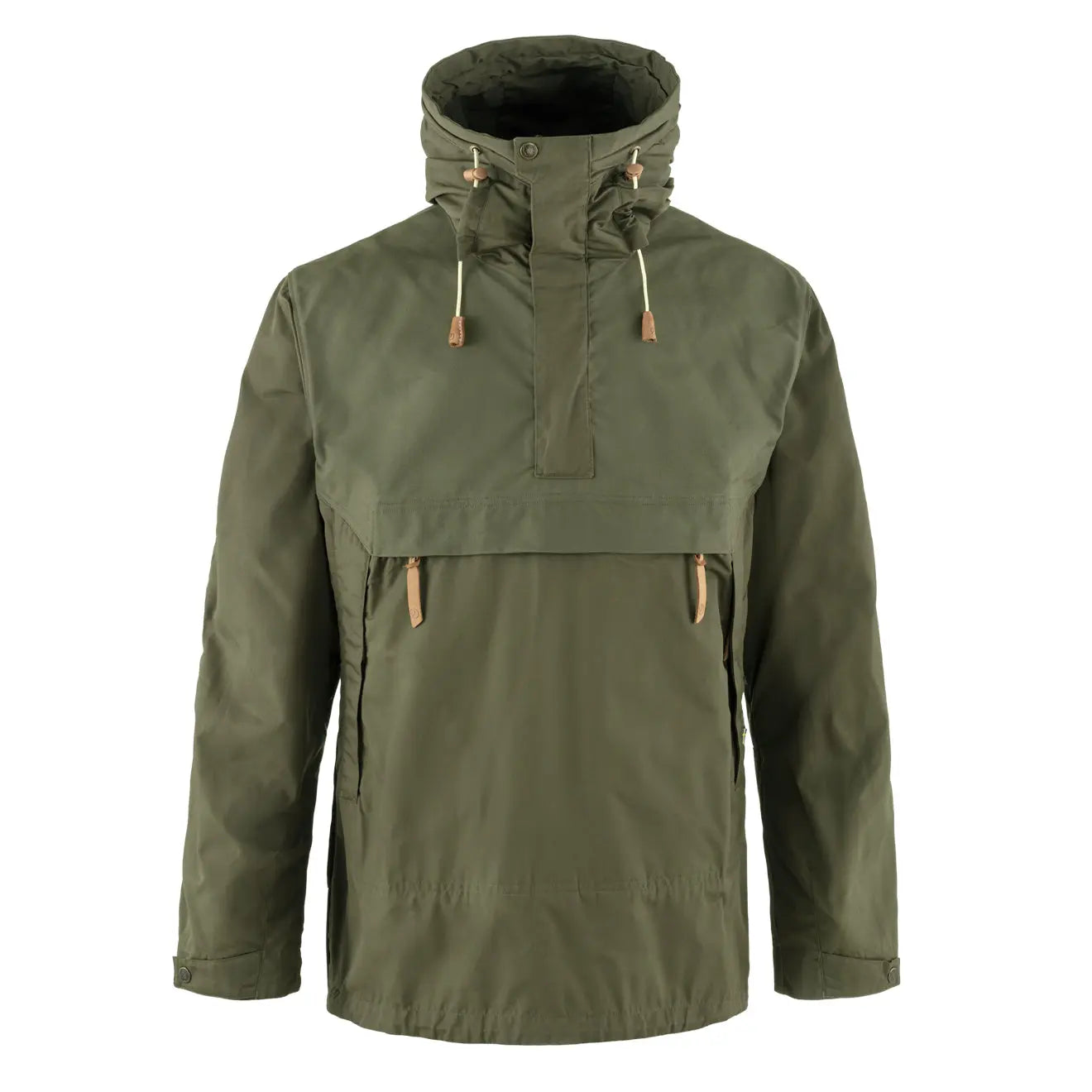
Fjällräven Hunting: Gear for the Silent Pursuit
Drawing on Scandinavian roots, Fjällräven offers hunting kits, such as the Lappland family, featuring G-1000 Silent for reduced rustling and patterns that blend seamlessly into forests and fields. These pieces prioritise quiet, weather-resistant function for ethical hunters and wildlife observers. Explore the Fjällräven Hunting collection for trousers, jackets and accessories tailored to the chase.
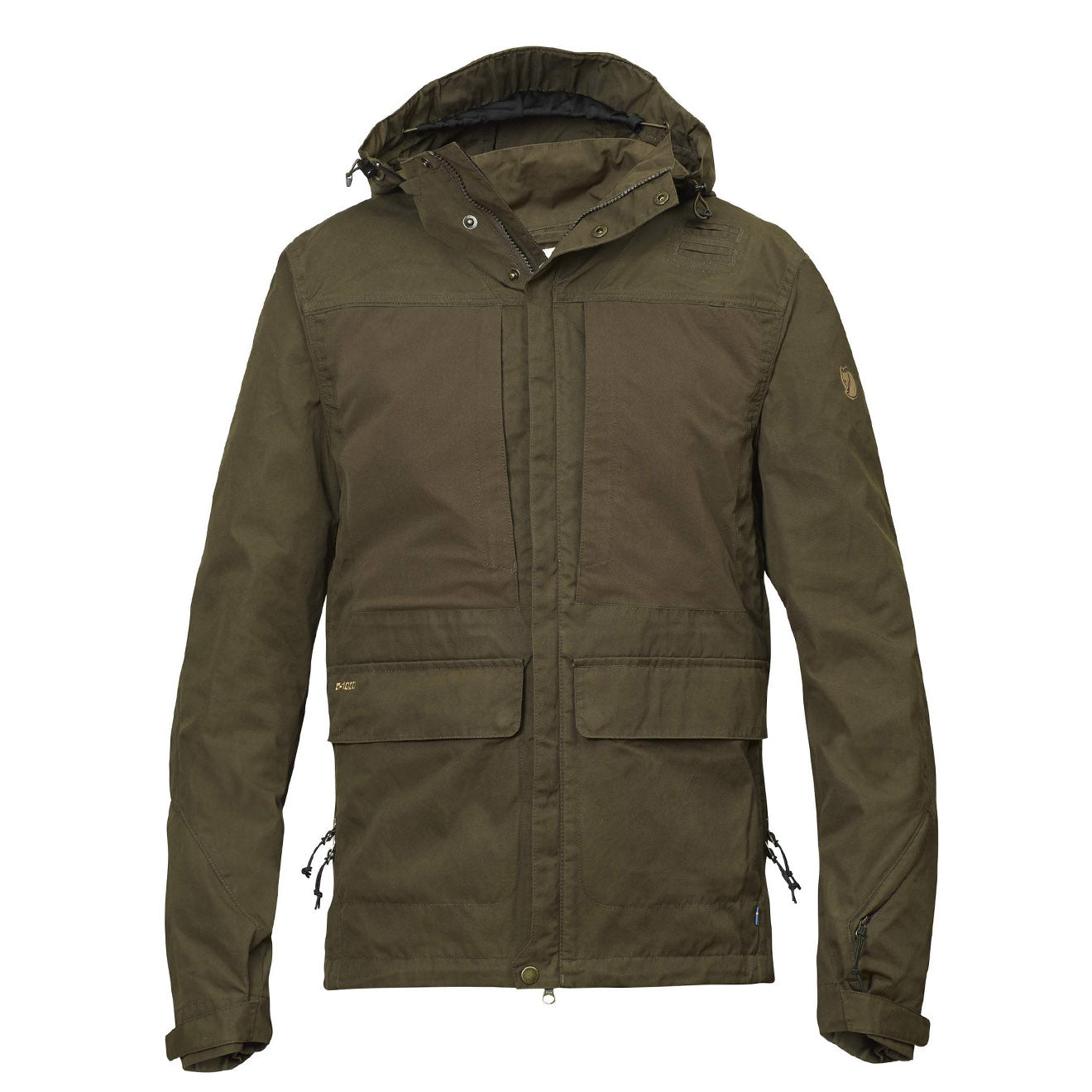
Shaped by Real Landscapes
Örnsköldsvik's High Coast—where sea, forest and rock meet—has always been the test bed. The mix of wind, sun and showers pushed Fjällräven towards adaptable layers: pieces that vent on climbs, shed a shower on the way down and stand up to years of use. The same approach suits UK conditions, from Lake District paths to blustery coastal walks.
Sustainability at Fjällräven: A Core Commitment
From its inception, Fjällräven has prioritised the planet. Today, this means using organic cotton, recycled polyester made from plastic bottles, and traceable materials like wool from farms with high animal welfare standards. The Down Promise focuses on ethical sourcing, and since 2009, product development has pushed away from PFAS treatments. Initiatives such as Arctic Fox grants for environmental projects, the use of renewable energy in parts of the supply chain and a second-hand marketplace promote circularity. The Samlaren collection upcycles surplus fabrics into unique pieces, reducing waste. See Fjällräven x Samlaren for these limited editions. In 2024, Fjällräven was voted Sweden's most sustainable brand in clothing and fashion for the fifth consecutive year, aiming to halve emissions per product by 2025.
Community and the Culture of Getting Outside
Fjällräven's events encourage time outdoors. The Fjällräven Classic turns multi-day trekking into a shared experience. Routes include 110 km from Nikkaluokta to Abisko in Sweden, 49 km through Colorado's Rockies in the USA and routes in Chilean Patagonia. It's non-competitive: participants carry their gear, pitch their tents, and pass through staffed checkpoints. The Fjällräven Polar introduces participants to Arctic sled travel on a ~300 km dog-sled expedition north of the Arctic Circle, with global applications, training and robust safety support. Both focus on preparation, safety and respect for nature—values embedded in the kit.

Explore the range
- Fjällräven – All Collections
- Jackets | Men's Trousers | Women's Trousers
- Kånken Bags | Backpacks | Accessories



